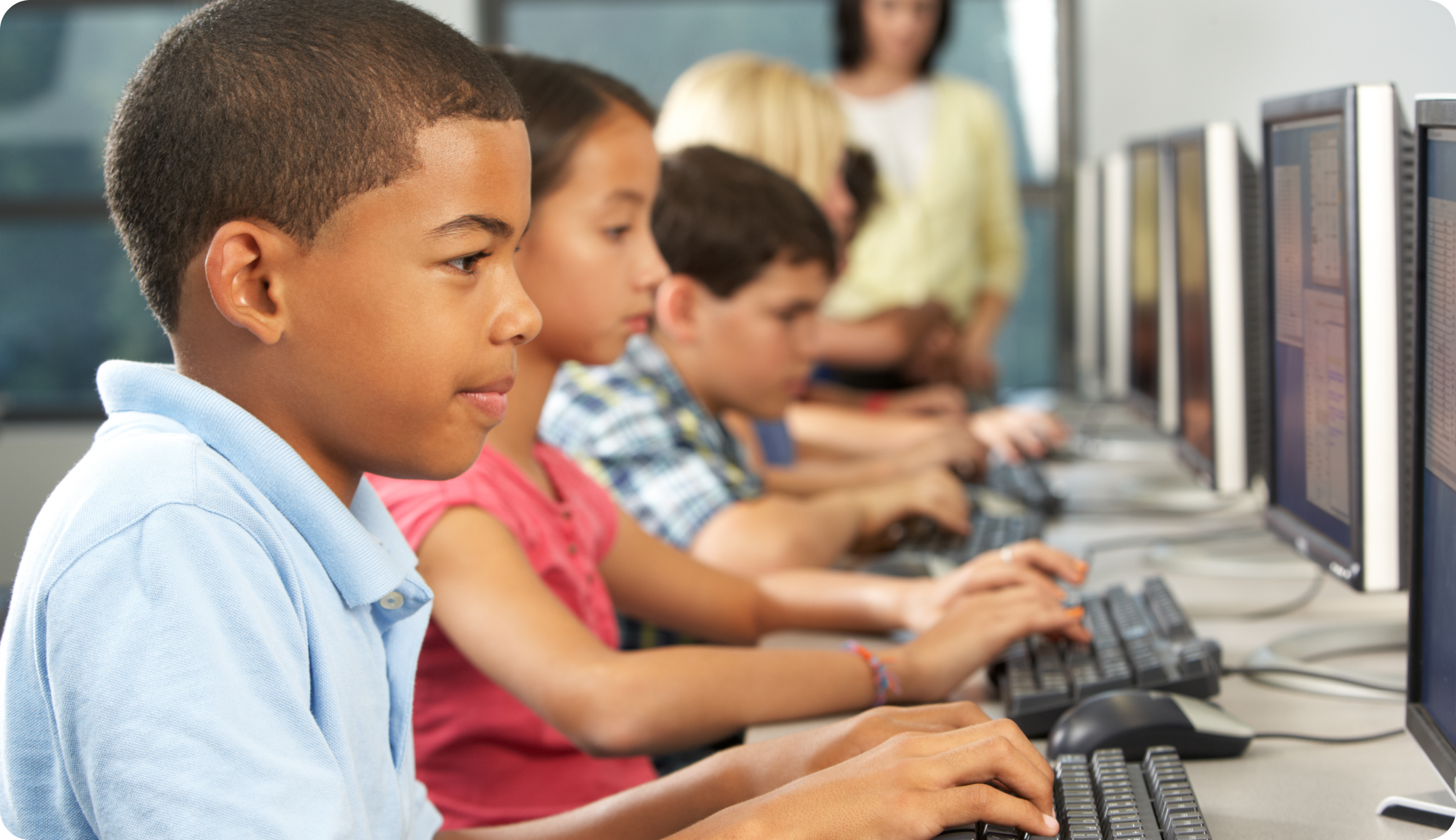How effective is your teaching practicum?
Many programs closely report, observe, and review student teaching experiences, but the more informal teaching practicum can be difficult to assess. At least this was the case at Michigan State University’s College of Education—one of the country’s best elementary and secondary teacher education programs.
As MSU’s elementary education students completed four hours per week of field experience in schools, “we had no idea what was going on out there,” explained Kelly Hodges, Curriculum Development Specialist. “And we had a feeling that we would notice areas needing improvement that students and their mentors wouldn’t.”
So the College of Education invested in GoReact, a video feedback software to record student field experiences.
The Challenge
Prior to student teaching, MSU’s elementary education students enroll in methods courses while simultaneously spending four hours a week in a school. This teaching practicum pairing gives students a place to apply what they’re learning.
But faculty don’t have the time to observe every field experience. There are just too many students.
That leaves faculty to depend on student reports for insight. And as many teacher education instructors know, student reports aren’t reliable. MSU Curriculum Development Specialist, Kelly Hodges, explained:
The Challenge was understanding how we could get better information about what students are actually doing in front of kids. That would allow us to give them more specific guidance and help them progress.
A Video Coaching Software
The College of Education realized they needed more reliable information. In addition to visibility and insight, the College of Education wanted technology that could help students improve.
They considered one of MSU’s campus-wide video hosting platforms, but it wasn’t satisfactory. So they scoured the marketplace for software that allowed them to coach their students during the teaching practicum.
“For about three or four years, we looked at various products on the market that do what GoReact does,” Hodges recalled. “And there was nothing as powerful, intuitive, or inexpensive as GoReact.”
GoReact Solutions
From the initial pilot, GoReact was a success. One of the instructors to pilot GoReact was Ann Castle, an elementary literacy specialist. Castle witnessed the benefits of using GoReact with a class during the pilot.
Also during these pilots, Kelly Hodges also recognized the potential GoReact benefits for MSU’s other clinical experiences:
Saves Faculty and Students Time
Efficiently combining time stamps, grading, and feedback in one location saves instructors and students a huge amount of time. Ann Castle estimates that “it saved students hours” and that “having everyone’s videos in one place with timestamps is a big time save for instructors. It makes grading and giving feedback to students more efficient and effective.”
Provides Accurate Information
Faculty can see accurate evidence of how students are practicing and implementing techniques without traveling. Students simply film themselves with their cell phones or laptops and upload the videos into GoReact’s secure, cloud-based system.
Improves Practice
Students can actually watch themselves teach and receive time-coded instructor feedback on videos. “I really think the product helped them go back and analyze their teaching,” Ann Castle remarked.
Achieves CAEP Standards
GoReact helps programs obtain evidence to meet CAEP standards. By recording students during field experiences, programs can now prove that “candidates are practicing in actual clinical settings and doing a good job,” explained Hodges.
For more details on how to do this, read How Video Conquers the 5 CAEP Standards.
Looking Forward
Hodges is incrementally expanding GoReact to other years and courses within the College of Education after seeing the results. In fact, MSU is expanding from recording field experiences for the teaching practicum to student teaching this year. They’re also starting to use GoReact in arguments written in accreditation reports and dissertation studies.
The program looks forward to finding out just how much potential GoReact has for teacher education. “Instructors from the secondary program are already asking, ‘When do we get to use GoReact?’” said Hodges.
If you’re interested in how video technology improves teacher education, read more GoReact success stories.





